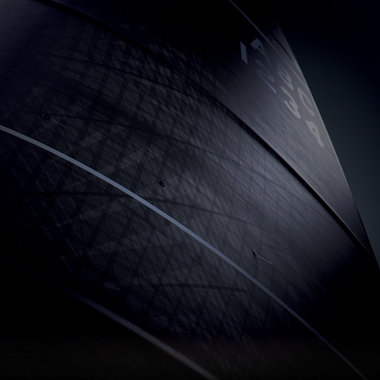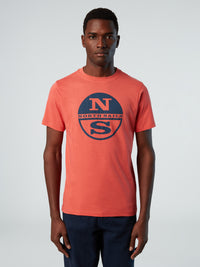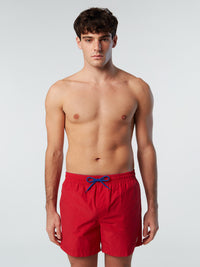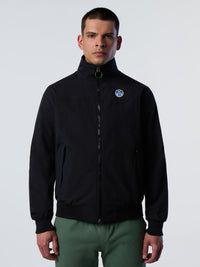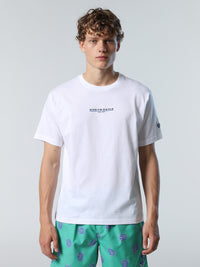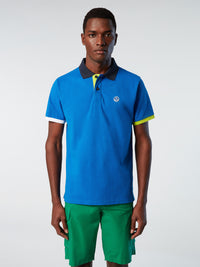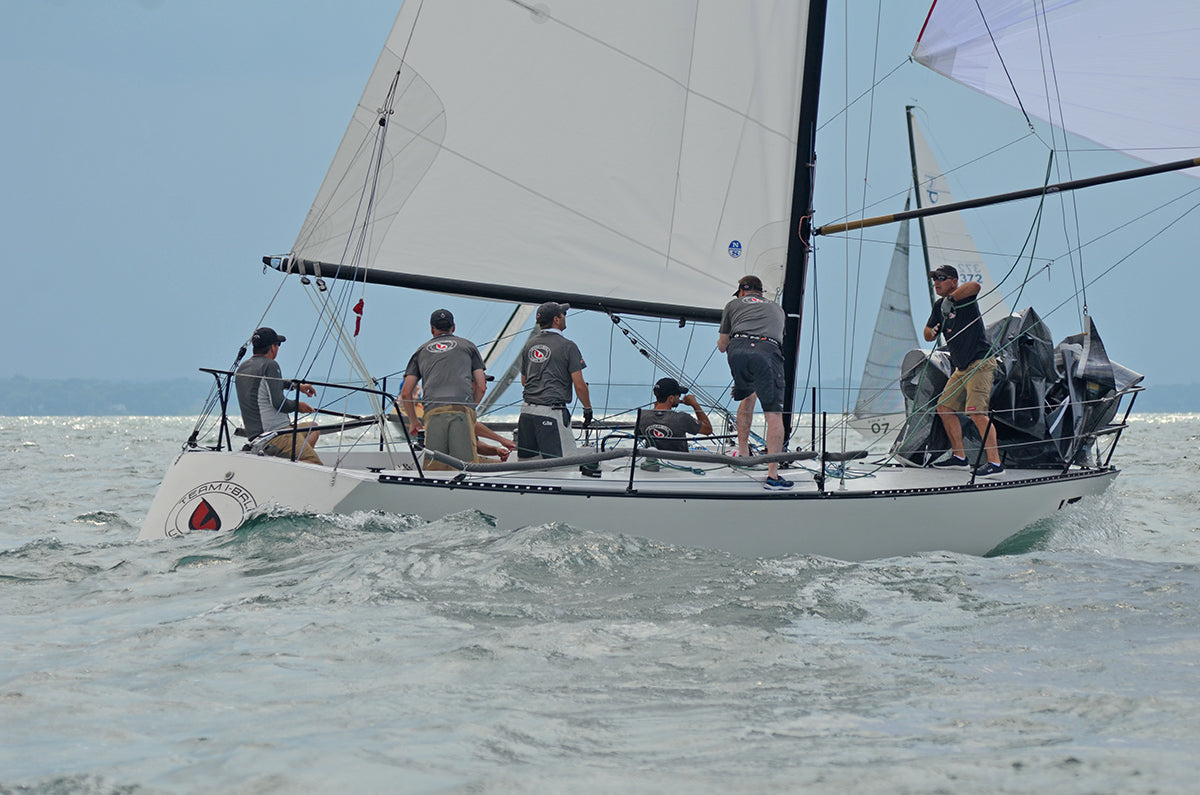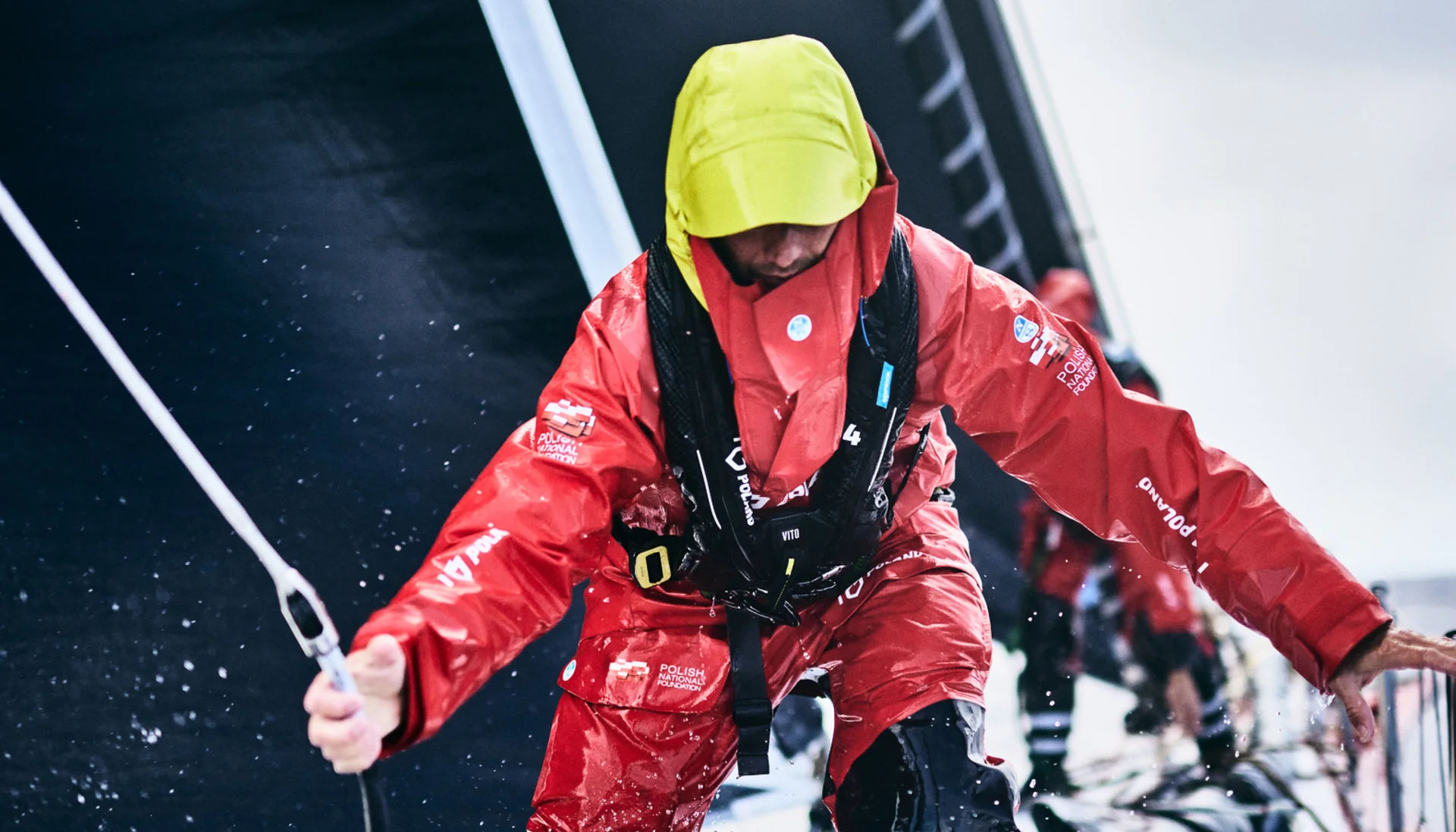NORTH SAILS RELEASES NEW T-10 TUNING GUIDE
NORTH SAILS RELEASES NEW T-10 TUNING GUIDE
Maximize Your T-10 Performance For Different Conditions

The North Sails T-10 team is excited to release a brand new Tuning Guide for 2021. The T-10 can be a simple boat to sail, however it can be rather difficult to sail the boat to its full potential and have that extra edge over your competitors. Our new Tuning Guide focuses on the importance of setting your T-10 up for the different sailing conditions such as flat water vs. chop.
When tuning your T-10, it is important to know how your mast bends and reacts to rig tune changes. It is also important to know exactly what to look for when tuning in different conditions or as the conditions change throughout the sailing day. Our new Tuning Guide will walk you through the whole process of tuning, from getting your mast inline with your keel for optimized tack to tack performance, to knowing how to power up/de-power the rig as conditions change. The hardest part of rig tune on any boat is knowing what changes need to be made and when to make them.
Visual Tuning
The new Tuning Guide is based on visual tuning. The concept of looking at your leeward shroud tension while sailing upwind, as well as sighting up the mast to visually see if the mast is bending side to side, if the top of the mast is falling off to leeward, or if the mast is straight in a side-to-side plane. Visual Tuning also involves looking at your headstay tension, or headstay sag.
The T-10 being a deck step mast, your upper and lower shroud tension becomes critical in controlling your headstay sag. In some conditions such as flat water, you will want to sail with a tighter headstay. That will allow you to trim the headsail in more, which will allow you to point higher. This can be achieved by sailing with a tighter rig tension. In other conditions, such as medium air and chop, you will want to sail with more headstay sag to make the Jib deeper and more powerful. This can be achieved by sailing with a loser rig tension.
Live Webinar – Sign Up!
To learn more about our new Tuning Guide and Visual Tuning, sign up for our T-10 Webinar on Wednesday, January 13th, at 19:30 EST.
T-10 Class experts Nick Turney and Perry Lewis will share critical updates to the Tuning Guide and explain in more detail the concept of Visual Tuning on the water. Nick and Perry will also discuss the differences between a one-jib program and a two-jib program, the advantages and disadvantages for either. Sail designer Mike Marshall will present the difference between 3Di, 2D string sails, and paneled sails. Sail expert Allan Terhune will moderate the webinar.
VIEW NEW TUNING GUIDE SIGN-UP FOR WEBINAR


